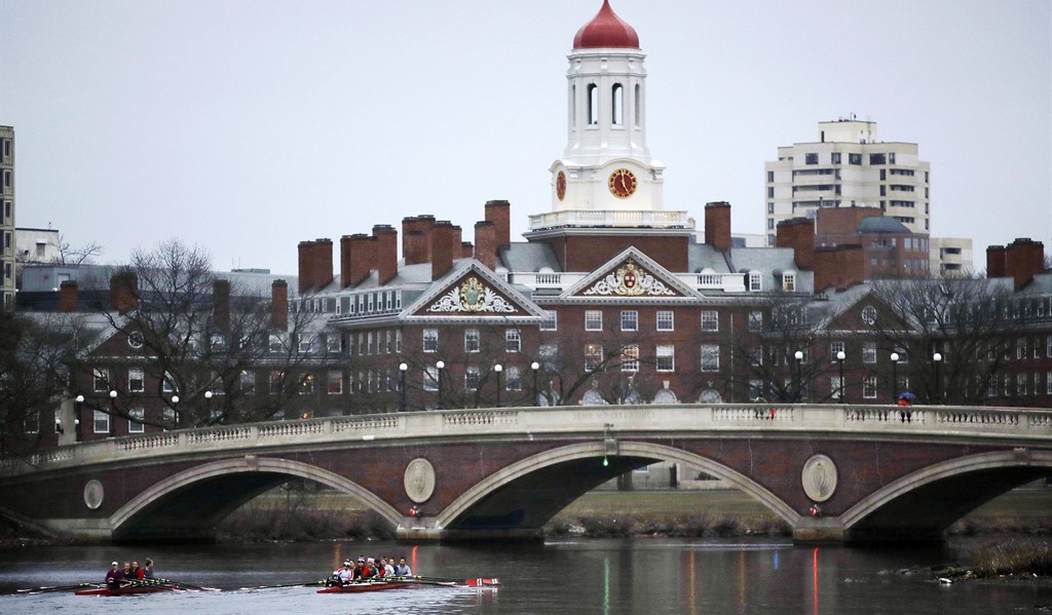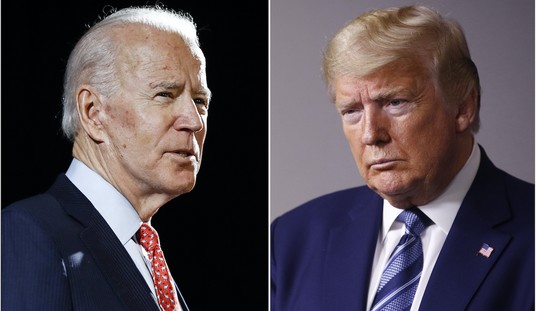The New Yorker published an interesting piece Thursday about how Asian-Americans tend to be discriminated against in college admissions in part because colleges are struggling to achieve more racial balance in keeping with the goals of affirmative action. Author Jeannie Suk Gersen points to an ongoing lawsuit against Harvard as a case in point:
In a federal lawsuit filed in Massachusetts in 2014, a group representing Asian-Americans is claiming that Harvard University’s undergraduate-admissions practices unlawfully discriminate against Asians….
The lawsuit alleges that Harvard effectively employs quotas on the number of Asians admitted and holds them to a higher standard than whites. At selective colleges, Asians are demographically overrepresented minorities, but they are underrepresented relative to the applicant pool. Since the nineteen-nineties, the share of Asians in Harvard’s freshman class has remained stable, at between sixteen and nineteen per cent, while the percentage of Asians in the U.S. population more than doubled. A 2009 Princeton study showed that Asians had to score a hundred and forty points higher on the S.A.T. than whites to have the same chance of admission to top universities. The discrimination suit survived Harvard’s motion to dismiss last month and is currently pending.
A 140 gap on the S.A.T. is pretty significant and Gersen doesn’t try to pretend that this a) isn’t really happening or b) isn’t just what it appears to be: a higher bar for Asian students. In fact, she says that Harvard and other schools are playing a kind of game to avoid admitting the truth: They are creating defacto racial quotas to balance their admissions of various races.
Because our legal doctrine prohibits racial quotas, it is currently impossible to have an honest discussion of these questions. The truth is that, in addition to a holistic review of each applicant that considers race as one factor, colleges undertake some amount of balancing so that they do not end up with a class that is swamped by members of any particular race—or with too many scientists, poets, or dancers, for that matter. But admissions offices cannot admit to efforts at racial balancing or anything that sounds remotely like quotas. Hence, Harvard’s litigation position must attribute the resulting race composition and the percentage of Asians in its class solely to the holistic method, admitting to no racial balancing.
What this means is that in order to arrive at the percentage of Asians it does, Harvard is claiming lots of Asian applicants are homogenous over-achievers with no distinctive qualities that make them stand out from all of the other high-achieving Asian applicants. Gersen believes that’s not true and is, in fact, somewhat offensive. She also believes it’s a benign lie, i.e. we’re better off keeping the percentage of Asians at Harvard down. Why? Because otherwise, “lopsided access to gateways of opportunity and power” could create resentment.
Her solution to this awkward balancing act is to treat whites and Asians on a more level playing field (meaning Asian acceptance goes up) but continue affirmative action for black and Latino applicants.
What is needed…is race-conscious affirmative action, to address the historic discrimination and underrepresentation of blacks and Latinos, in combination with far less severity in the favoring of whites relative to Asians.
The author deserves credit for saying colleges are using workarounds to create unspoken racial quotas and that this hypocrisy makes the issue next to impossible to discuss. And she’s right that treating Asians applicants as un-special individuals in order to achieve racial balancing goals is offensive. But both those arguments naturally point toward the adoption of a more individualistic, free market approach to admissions as a solution, i.e. stop treating applicants as representatives of a group for good or ill. To some degree, she’s making the case against affirmative action though she clearly doesn’t want to go there.








Join the conversation as a VIP Member